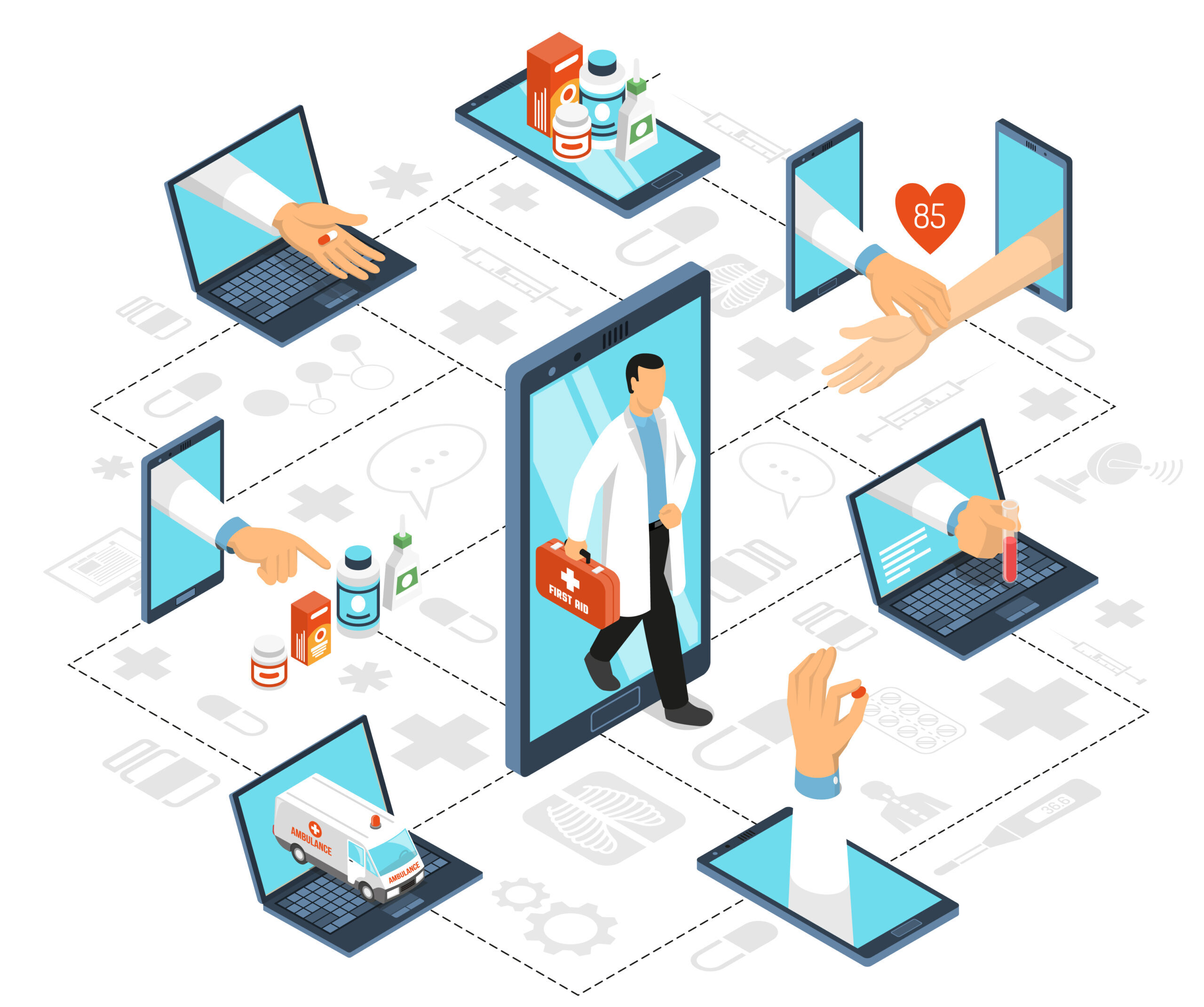Health Technology is helping doctors and nurses provide better care to patients in many different parts of healthcare. We will look at how technology is making things better in Pathology, Physiotherapy, Radiology and Imaging, Dental, Radiotherapy, and Pharmacy. So Uses of Technology in Different Fields of Healthcare is increasing day by day. Here are the fields of health technology.
1. Laboratory Medicine

Technology is helping doctors look at samples of tissues more closely. This helps them diagnose diseases better and faster. Computers can also help doctors understand the samples better, making healthcare better for everyone.
Pathology is the study of disease. Pathologists use a variety of health technologies to diagnose and monitor diseases, including:
- Microscopy: Pathologists use microscopes to examine tissue and cells for signs of disease.
- Immunohistochemistry: Immunohistochemistry is a technique that uses antibodies to identify specific proteins in cells and tissues. This can be used to diagnose cancer and other diseases.
- Molecular diagnostics: Molecular diagnostics are tests that analyze DNA and RNA to identify genetic changes associated with disease. This information can be used to diagnose diseases, predict a patient’s risk of developing a disease, and guide treatment decisions.
2. Physiotherapy
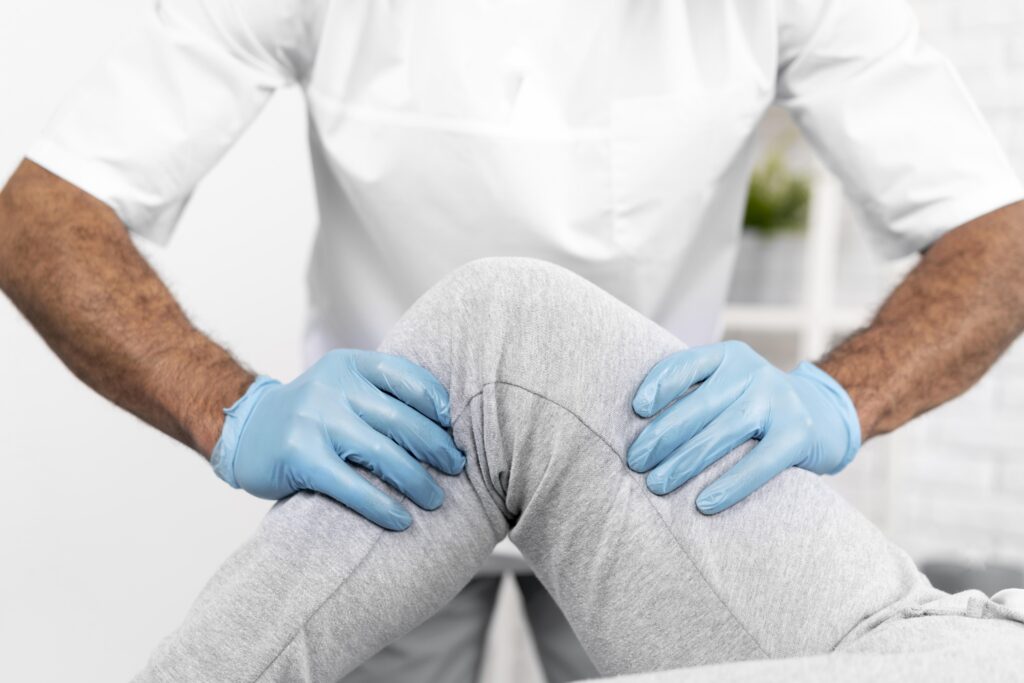
If you’ve ever had an injury and had to do exercises to get better, you’ll know how technology can help. Devices and apps can help you do your exercises and track your progress. You can also talk to your physiotherapist through a video call, which is very helpful, especially if you live far away.
Physiotherapy is the treatment of injury and disease through physical means, such as exercise, massage, and manipulation. Physiotherapists use a variety of health technologies to help their patients recover from injuries and improve their mobility and function. These technologies include:
- Electrotherapy: Electrotherapy is the use of electrical currents to stimulate nerves and muscles. This can be used to relieve pain, reduce inflammation, and improve muscle strength.
- Ultrasound therapy: Ultrasound therapy uses sound waves to heat tissues and promote healing. It can also be used to create images of muscles and tendons.
- Laser therapy: Laser therapy uses light to reduce inflammation and promote healing. It can also be used to relieve pain.
3. Radiology and Imaging
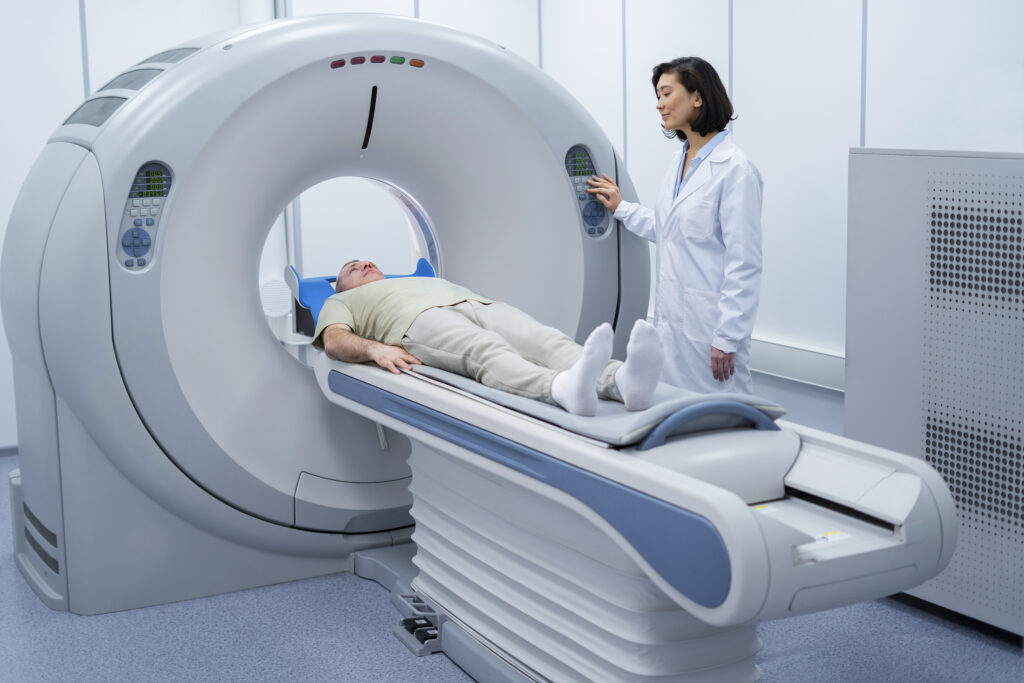
Technology is making X-rays and scans much safer and clearer. Doctors can also see these images on their computers, so they don’t need to carry around physical pictures. Computers are also getting really good at helping doctors find problems in these pictures, like tumors or broken bones.
Radiology and imaging are the use of radiation to create images of the inside of the body. These images can be used to diagnose diseases, guide treatment, and monitor the effects of treatment. Some of the most common radiology and imaging technologies include:
- X-rays: X-rays are a type of radiation that can be used to create images of bones and other dense tissues.
- Computed tomography (CT) scans: CT scans use X-rays to create detailed images of the inside of the body.
- Magnetic resonance imaging (MRI) scans: MRI scans use magnetic fields and radio waves to create images of the inside of the body.
- Positron emission tomography (PET) scans: PET scans use radioactive tracers to create images of the inside of the body.
4. Dental
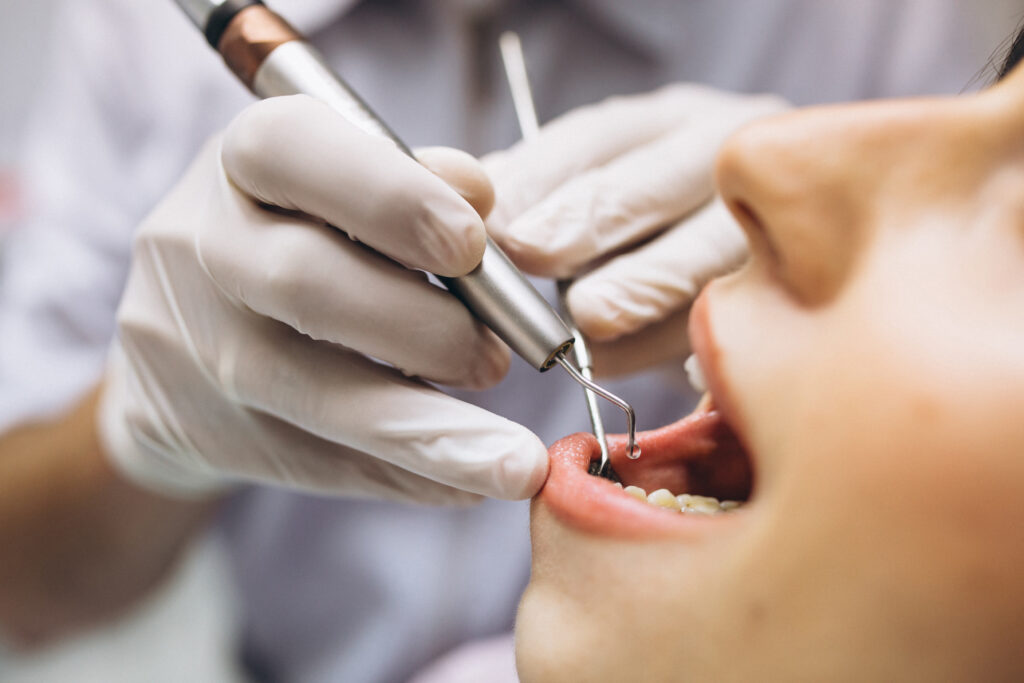
Going to the dentist can be scary, but technology is making it easier. Dentists use machines to make molds of your teeth without the gooey stuff. They can also make things like braces and crowns with 3D printers, which means they fit better and last longer.
Dental health technology is used to diagnose and treat dental problems, such as cavities, gum disease, and tooth loss. Some of the most common dental health technologies include:
- Dental X-rays: Dental X-rays are used to create images of the teeth and jaws. This can be used to diagnose cavities, gum disease, and other dental problems.
- Intraoral cameras: Intraoral cameras are small cameras that are used to take pictures of the inside of the mouth. This can be used to diagnose dental problems and plan treatment.
- 3D printers: 3D printers are used to create custom dental appliances, such as crowns, bridges, and dentures.
5. Radiotherapy

For people fighting cancer, technology is really important. Radiation therapy is a common treatment, and technology helps doctors aim the radiation at the cancer without hurting the healthy parts around it. Robots and computers make this treatment more accurate and comfortable.
Radiotherapy works by damaging cancer cells and preventing them from growing and dividing. Some of the most common radiotherapy technologies include:
- External beam radiation therapy: External beam radiation therapy uses radiation beams from a machine outside the body to target cancer cells.
- Internal radiation therapy: Internal radiation therapy involves placing radioactive material inside the body to target cancer cells.
- Brachytherapy: Brachytherapy is a type of internal radiation therapy that uses small radioactive seeds or pellets that are placed directly into the tumor or near it.
6. Pharmacy

When you get a prescription, technology helps pharmacists make sure you get the right medicine. They use computers to check if your medicine will work well with other medicines you might be taking. If you live far from a pharmacy, technology lets you talk to a pharmacist online, so you can still get help.
Pharmacy is the science and practice of preparing and dispensing medications. Pharmacists use a variety of health technologies to ensure that patients receive the right medications at the right dose. These technologies include:
- Computerized dispensing systems: Computerized dispensing systems help pharmacists to accurately and efficiently dispense medications.
- Automated prescription filling systems: Automated prescription filling systems can quickly and accurately fill prescriptions.
- Medication therapy management (MTM): MTM programs help patients to manage their medications and get the most out of their treatment.
At the end-
Technology is making healthcare better in many ways. It helps doctors diagnose diseases, makes therapy more accessible, and improves the quality of X-rays and scans. Dentistry is also getting easier with 3D printing, and technology is helping cancer patients with radiation treatment. Pharmacies use computers to keep you safe when you take medicine. As technology keeps improving, healthcare will become even better and more accessible for everyone.
Written by-
Md Abu Sayem Al Helal
Diploma in Medical Technology
The State Medical Faculty of Bangladesh
B.Sc in Health Technology
University of Dhaka
Image credit: Image by pressfoto on Freepik, Image by Freepik, Image by Freepik, Image by senivpetro on Freepik, Image by wavebreakmedia_micro on Freepik, Image by krakenimages.com on Freepik, Image by macrovector on Freepik
